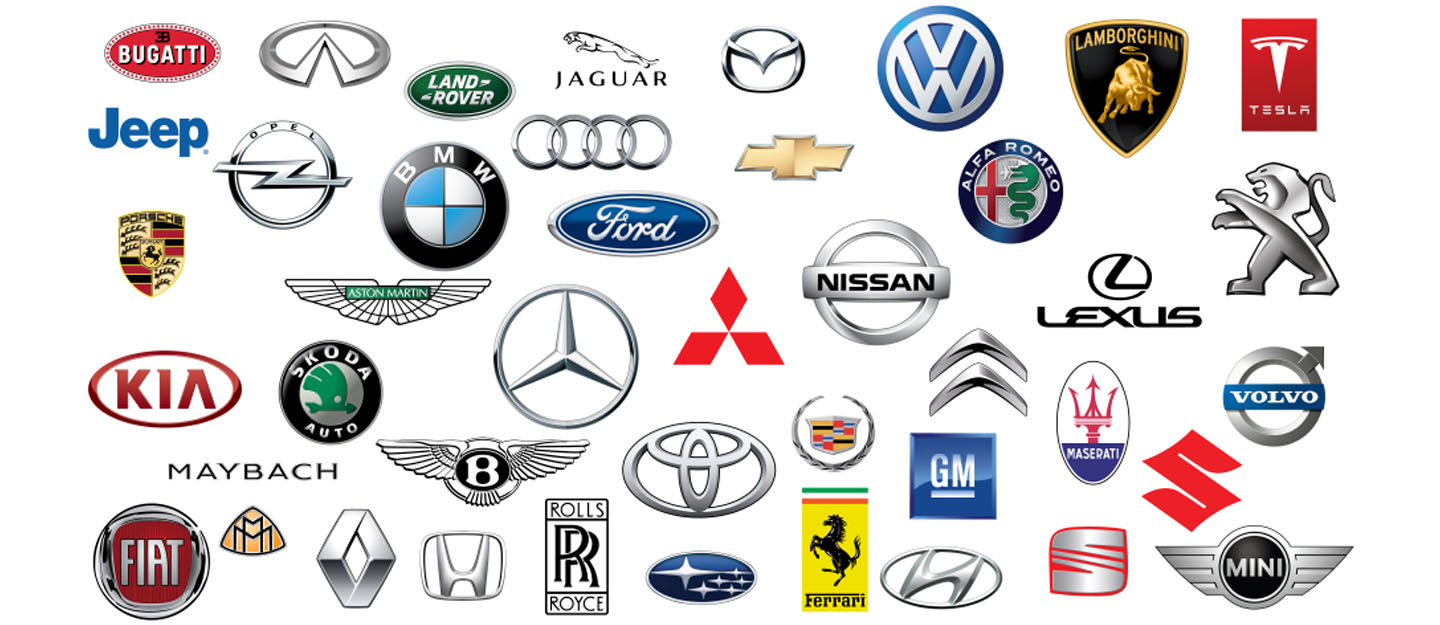
Navigating OEM Design Standards in Automotive Projects
The Role of OEM Standards in Dealership Architecture
Automotive architecture comes with a unique challenge. Unlike many other commercial projects, dealerships must follow detailed brand guidelines, or OEM standards, established by manufacturers like Porsche, Lexus, and Audi. These standards influence nearly every design decision—from the exterior façade to interior finishes, lighting, and even the placement of signage. For Penney Design Group, navigating this landscape is a core part of our work. The key is balancing strict adherence to brand identity with the realities of site conditions, local regulations, and client needs.
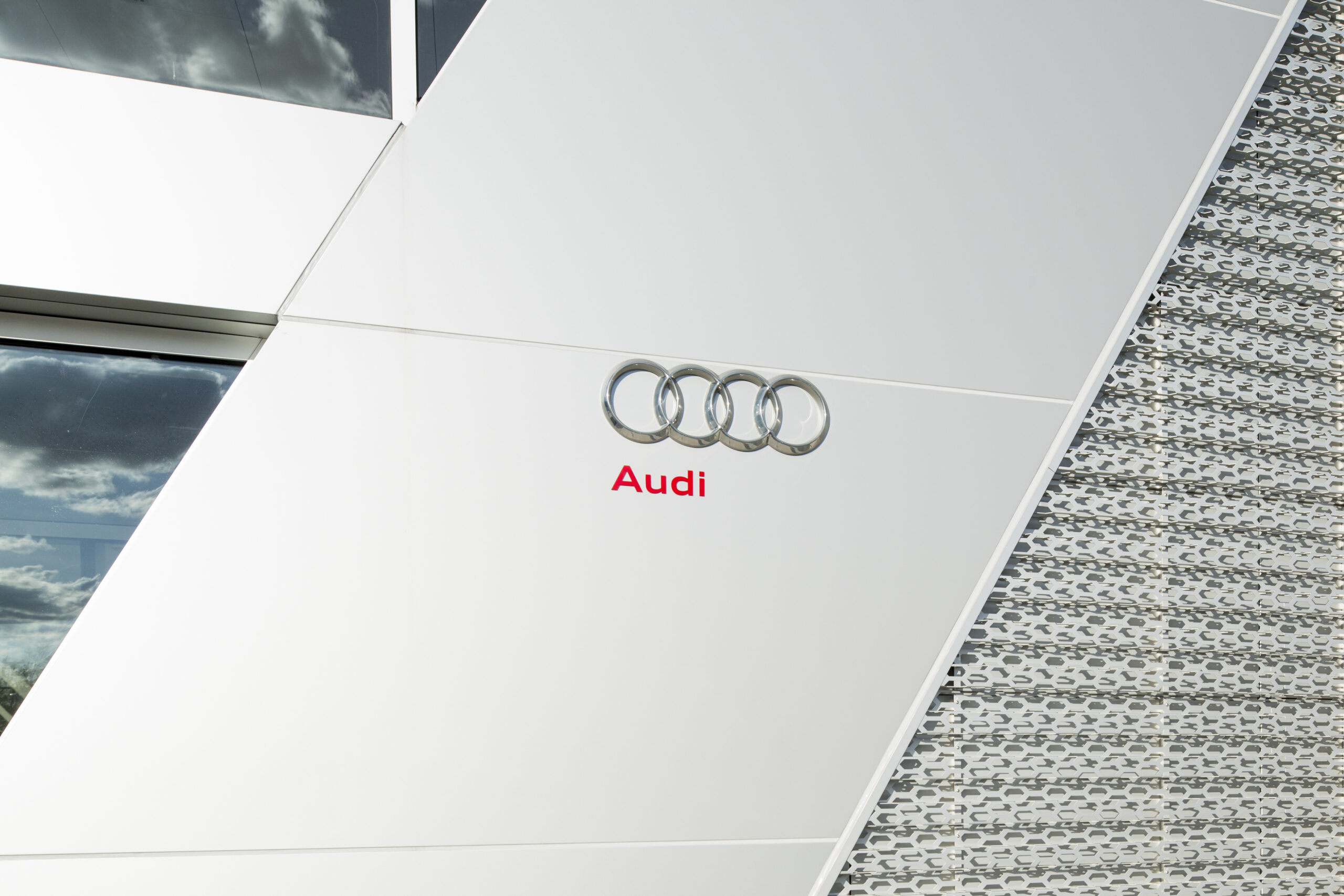
Why Standards Matter
Original Equipment Manufacturers invest heavily in creating consistent experiences for their customers worldwide. When someone walks into a Porsche dealership in Ohio, a Lexus showroom in Virginia, or an Audi facility in Pennsylvania, they expect the space to reflect the same brand values they’ve seen elsewhere. OEM standards make that possible. They create continuity and reinforce the brand image, ensuring that customers feel the same level of quality no matter where they shop.
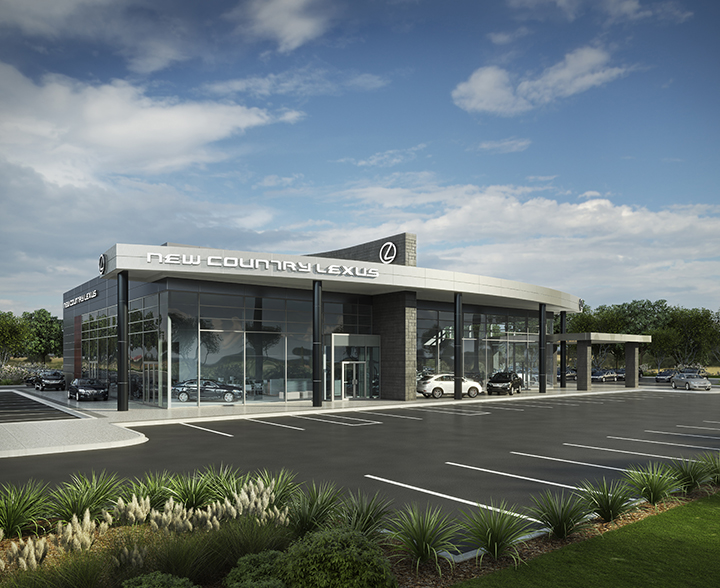
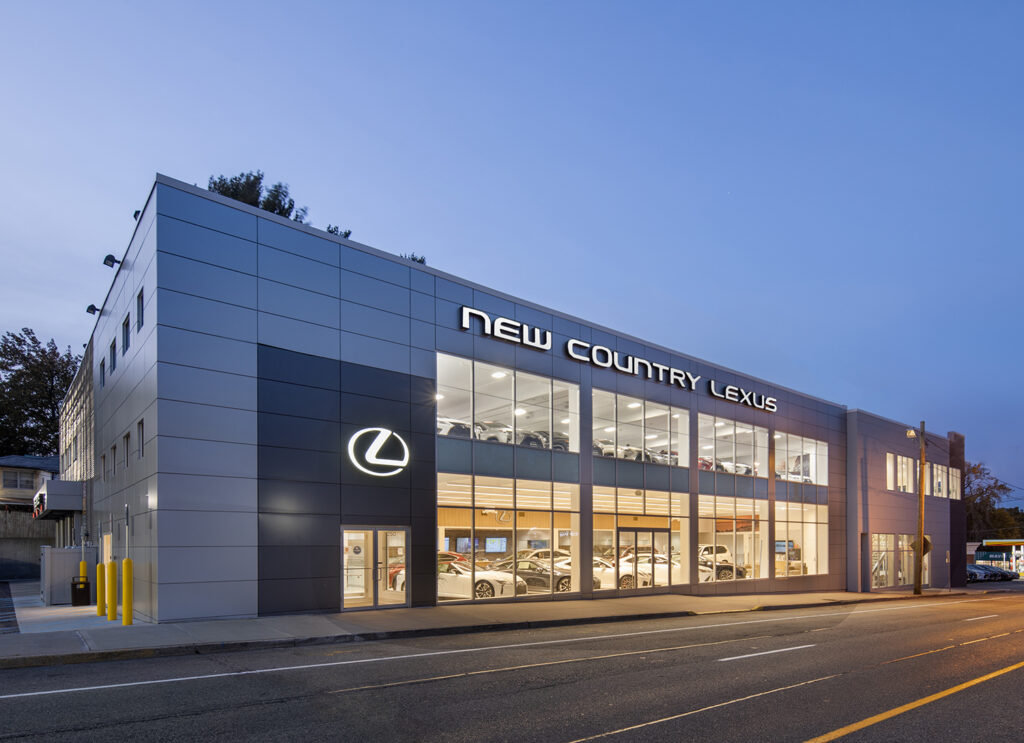
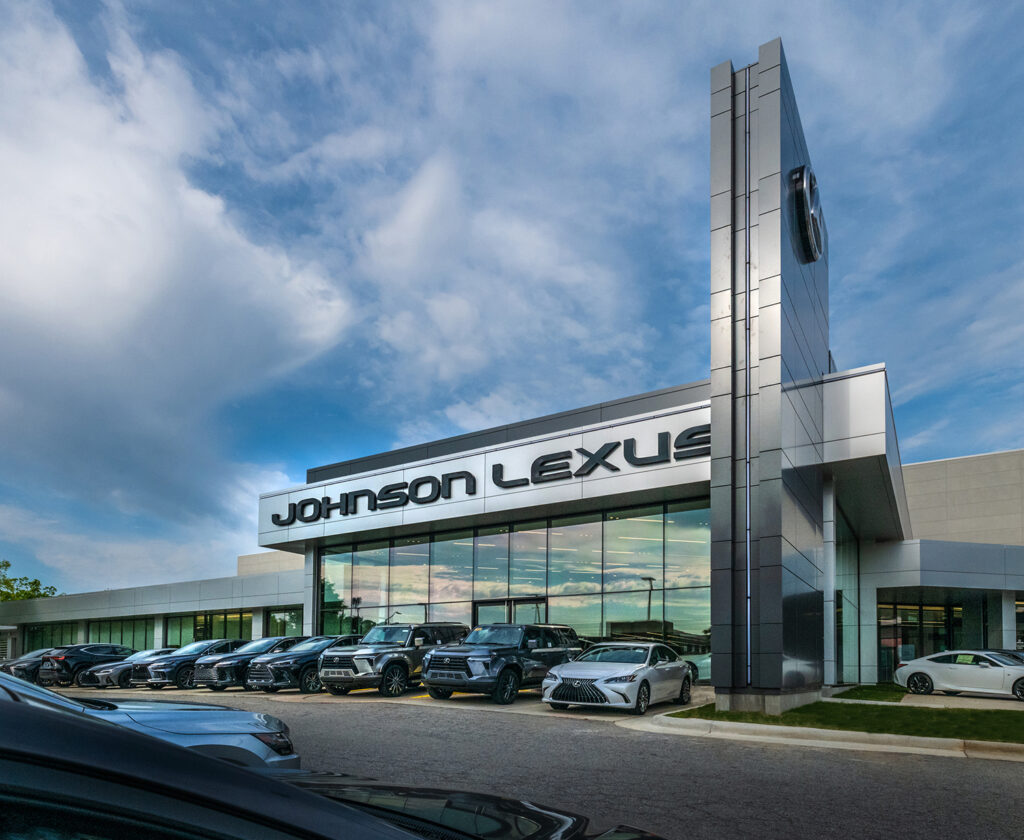
At the same time, these standards are not suggestions—they are requirements. They cover everything from cladding materials to furniture packages and are often updated to align with evolving corporate identities. For architects, this creates both a framework to guide design and a responsibility to translate those guidelines into functional, buildable spaces.
The Penney Approach
At Penney Design Group, we treat OEM standards as the starting point, not the finish line. Our goal is to interpret these requirements in a way that feels authentic to the brand while also making sense for the dealership’s specific context. A Porsche showroom may call for sleek ACM panels and bold glass curtainwalls, but the way those materials are detailed in a suburban setting may differ from an urban site.
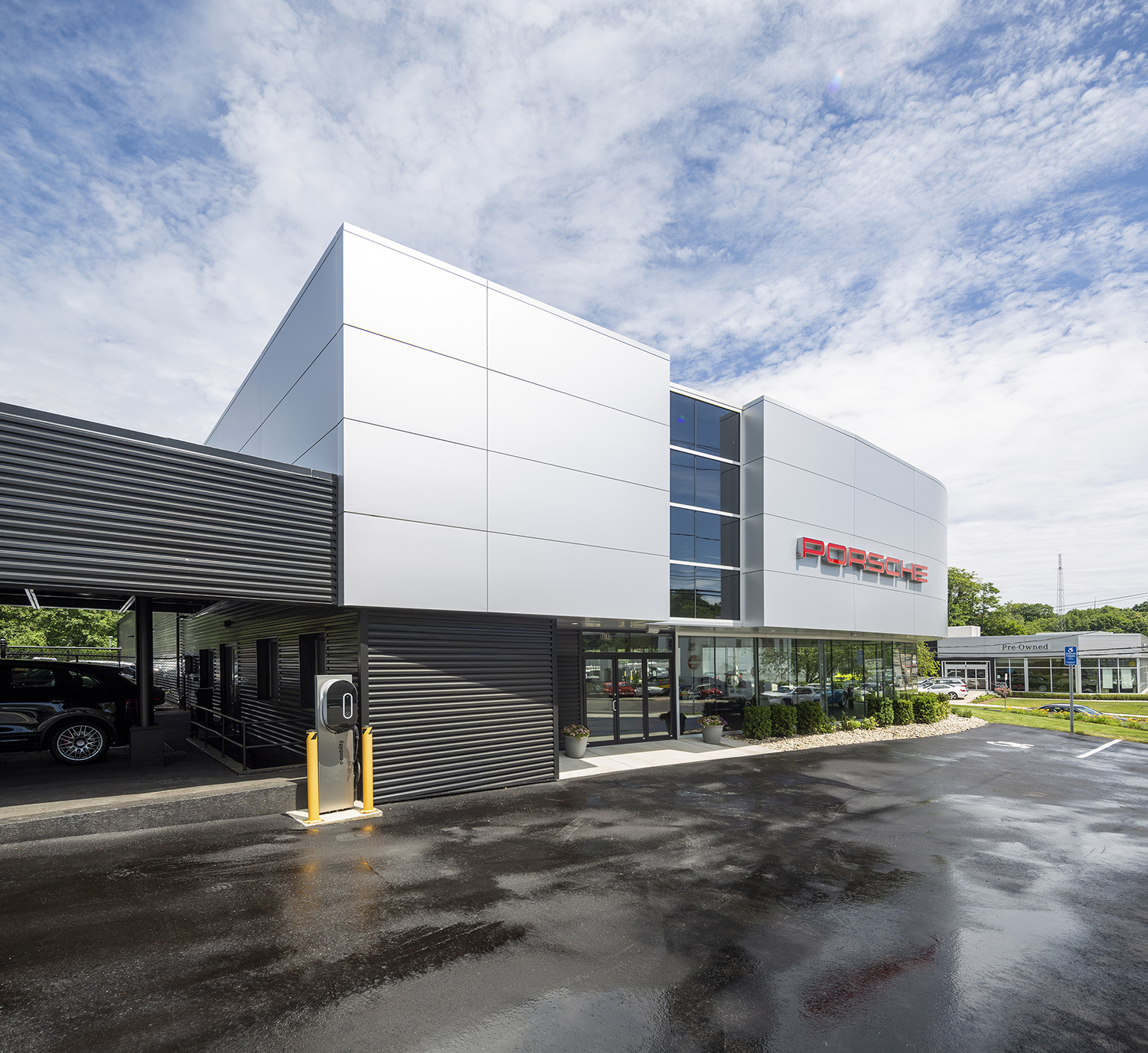
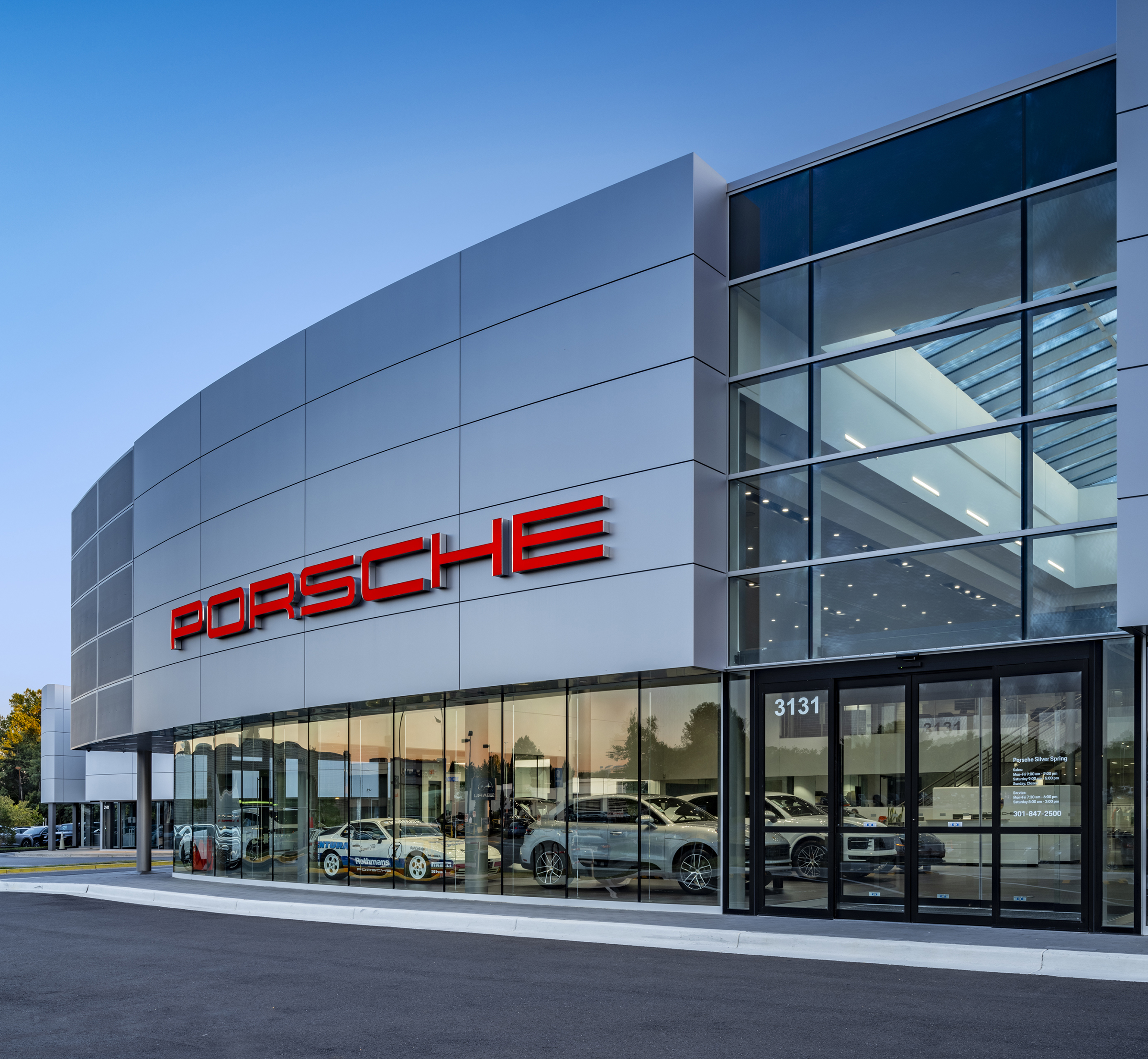
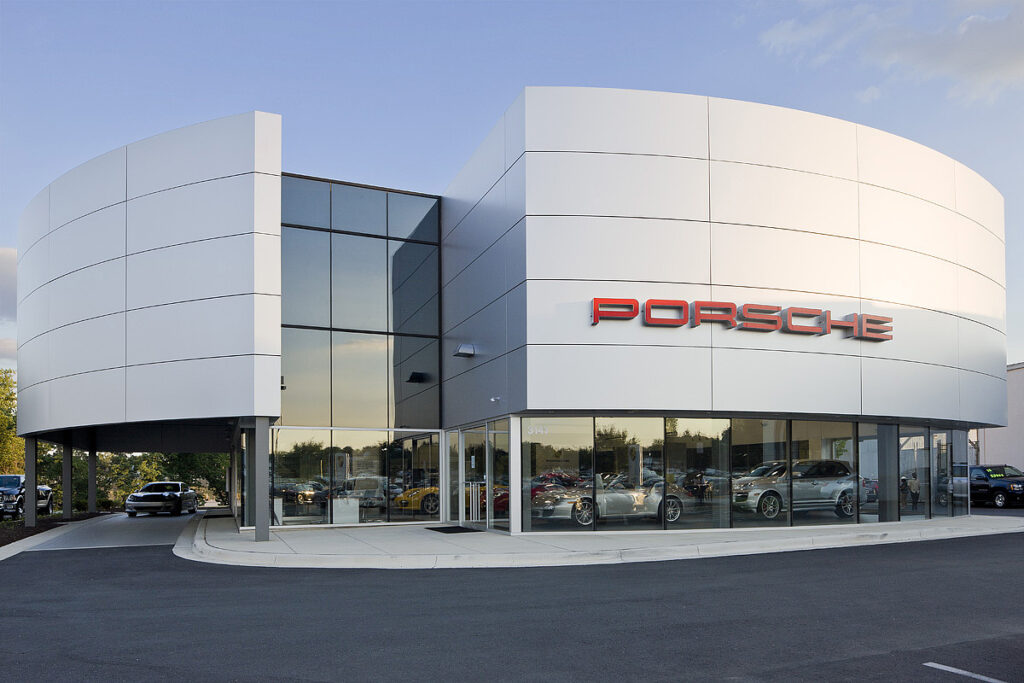
This approach requires collaboration on every level. We work directly with OEM representatives, dealership owners, and contractors to ensure compliance while also advocating for design solutions that improve efficiency and enhance customer experience. By fostering open communication, we’re able to bridge the gap between strict corporate requirements and the practical realities of construction.
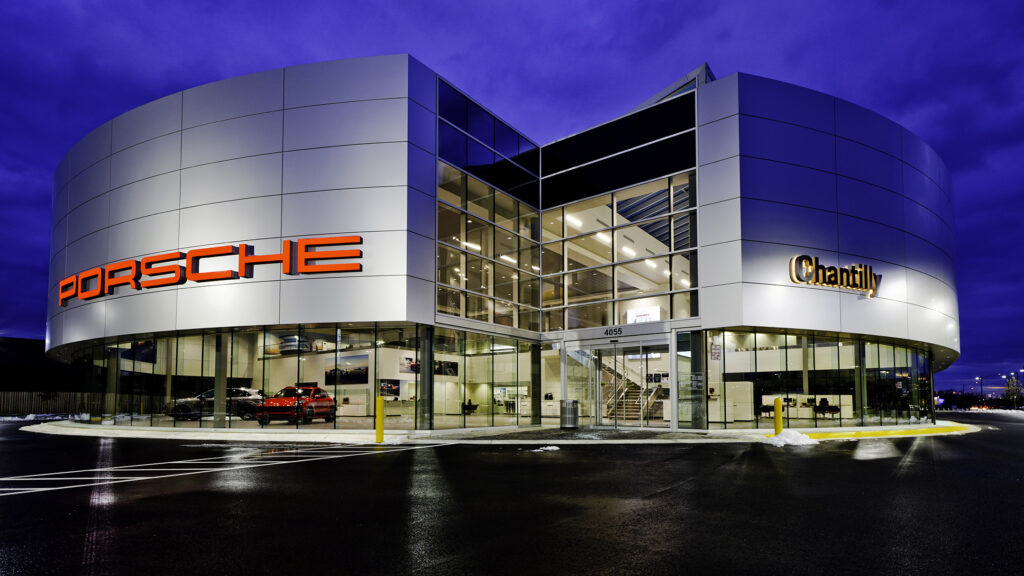
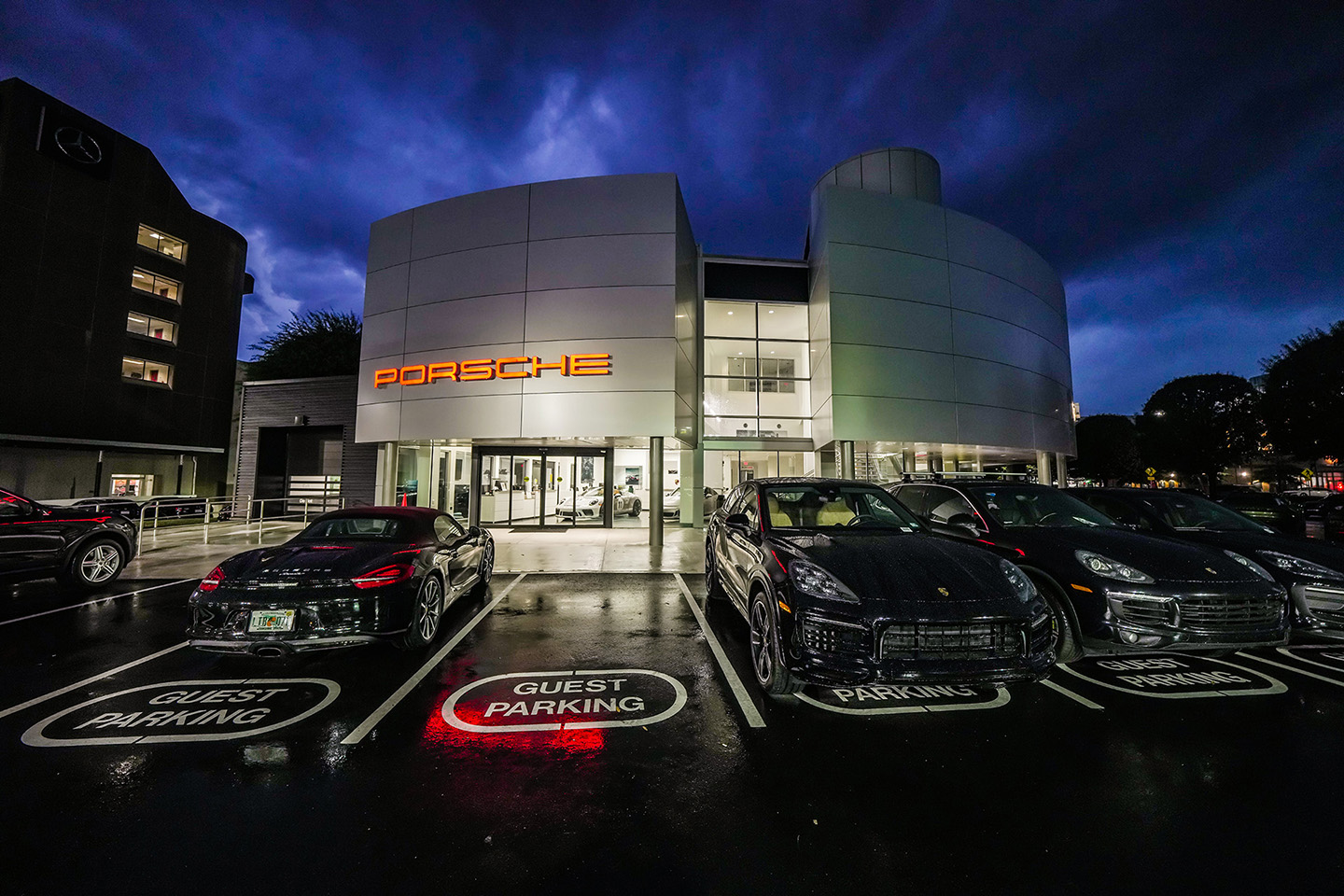
Case Study: Porsche
Designing to Porsche standards means working with a brand that prioritizes precision and performance in every detail. Their architectural guidelines emphasize clean lines, dramatic glazing, and bold use of branded materials. In practice, this means ensuring every seam, every joint, and every finish aligns with that vision.
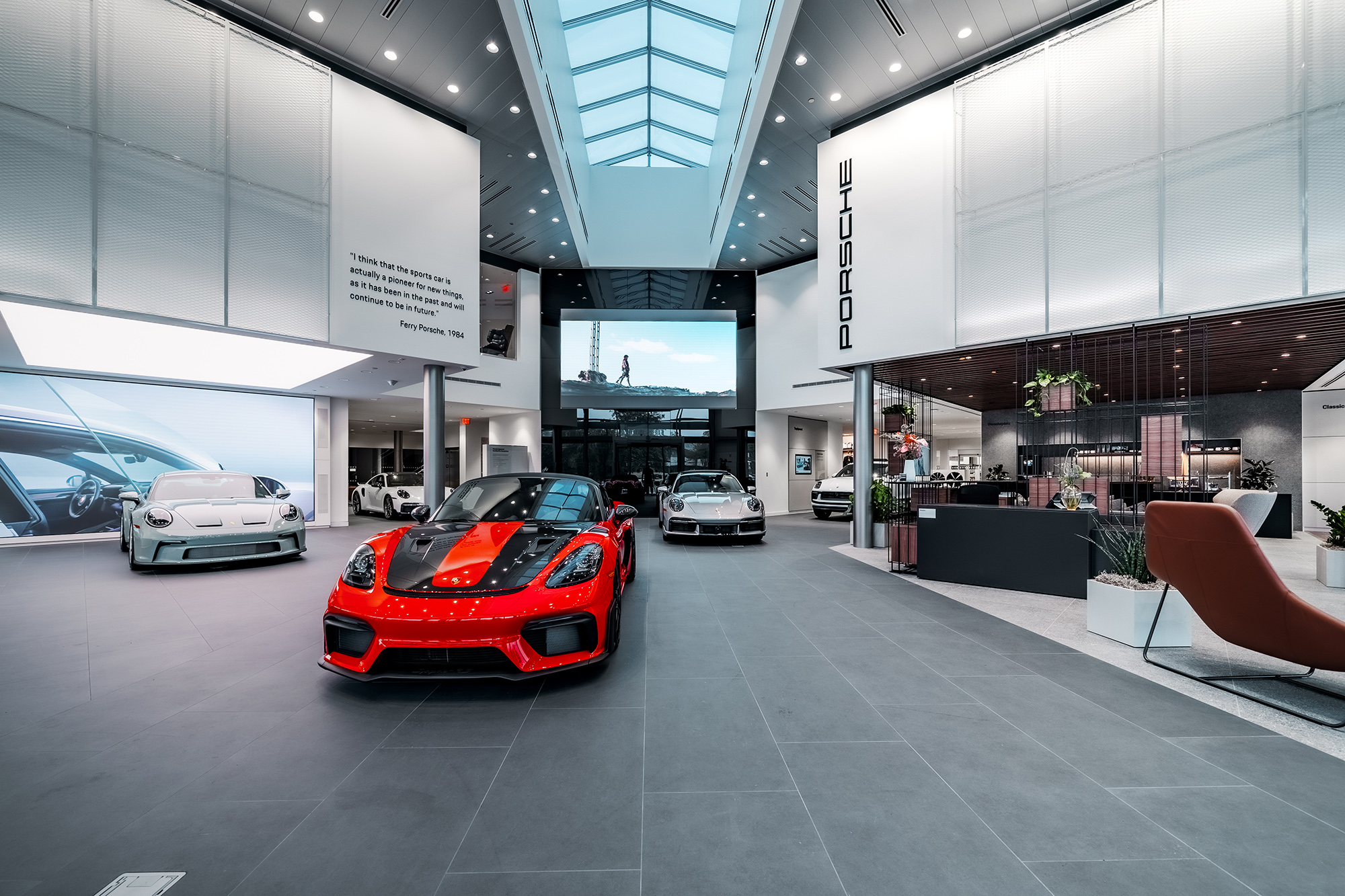
When working on Porsche Beachwood, our team collaborated closely with both Porsche and the ownership group to make sure the facility reflected the global Porsche brand while fitting the local market. The result was a showroom that won NAIOP’s New Construction Project of the Year, showing how adherence to OEM standards can produce award-winning architecture when executed with care.

Case Study: Lexus
Lexus standards focus on refined luxury, with warm finishes, balanced lighting, and spaces designed to feel calm and inviting. For us, that meant paying attention to the customer journey—how the layout flowed from entry to consultation areas, how waiting lounges felt, and how lighting created a sense of intimacy. Meeting these standards required not only architectural precision but also a focus on customer psychology. The result was a dealership that felt unmistakably Lexus while supporting operational efficiency for staff.
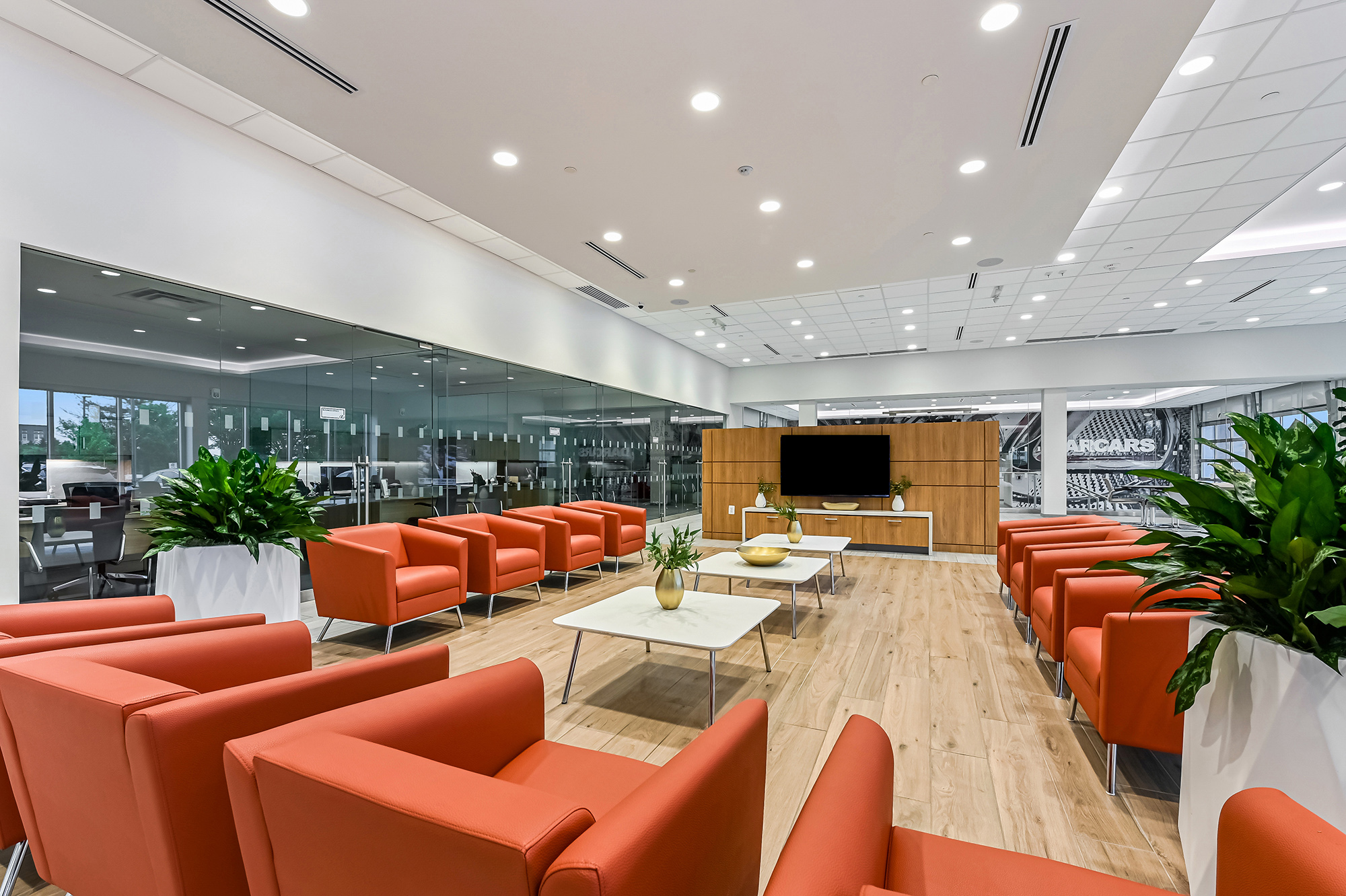
Case Study: Audi
Audi’s design language emphasizes innovation and modernity. Their standards lean heavily on angular forms, bold branding elements, and a strong interplay of light and material. In our work on YBH Audi Devon, we interpreted these guidelines into a flagship facility that made the brand’s cutting-edge ethos tangible. From exterior lines that announced Audi’s presence along a major corridor to interior sightlines that guided customers seamlessly through the showroom, every element tied back to the brand’s identity.
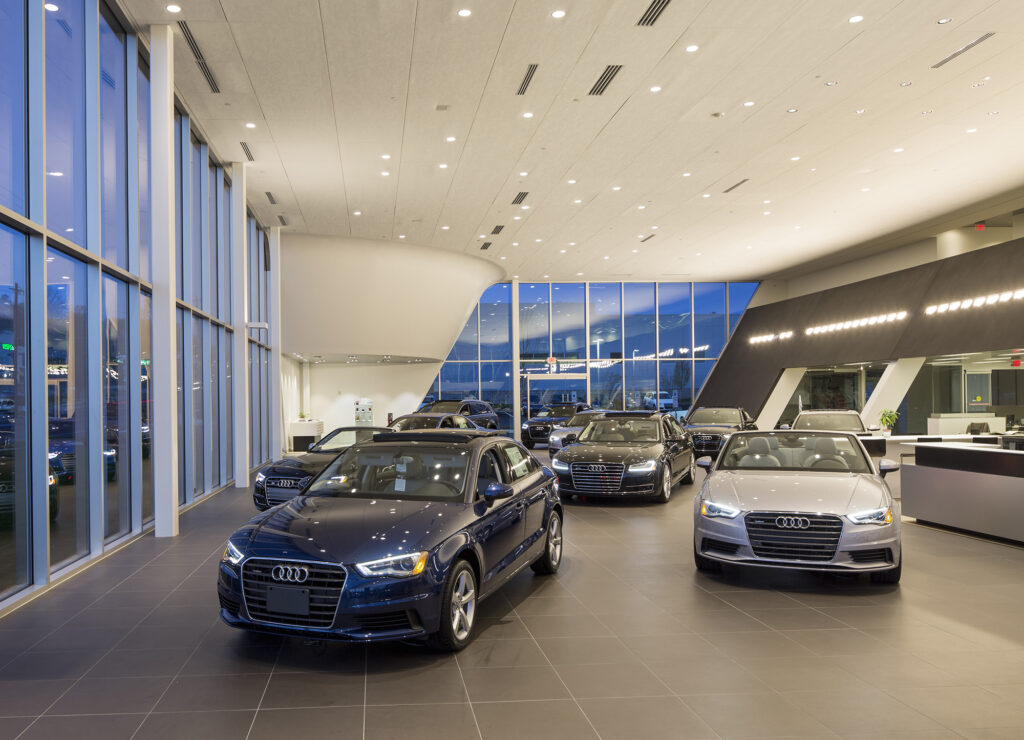
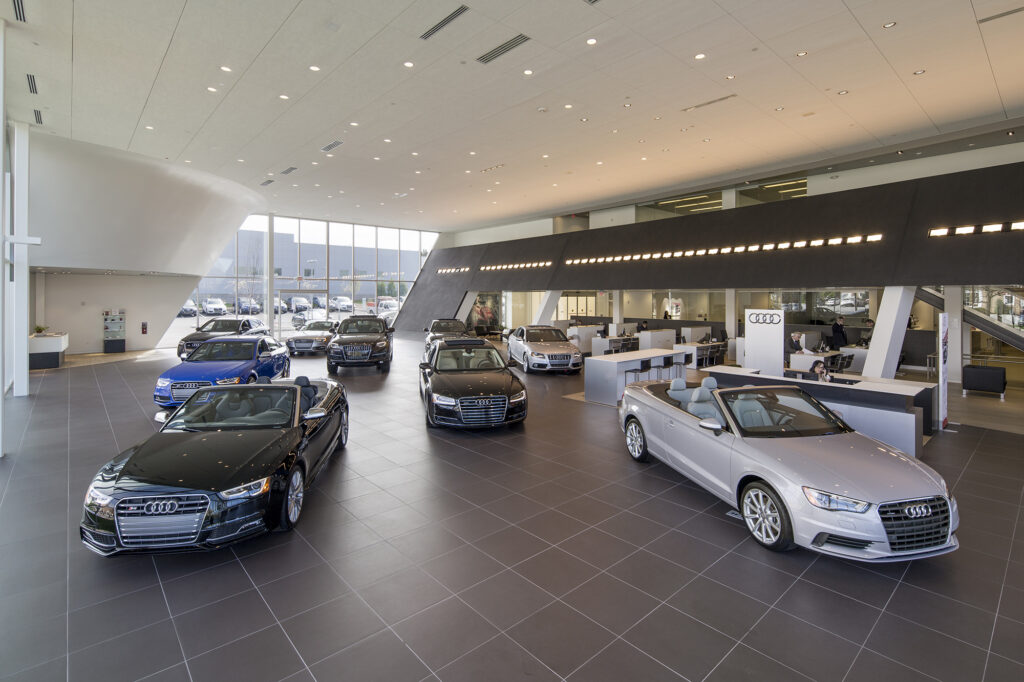
Challenges and Opportunities
Adhering to OEM standards is not always simple. There are times when brand requirements conflict with zoning codes or when specified materials are not readily available in a particular market. In these cases, our role is to find alternatives that meet both the letter and spirit of the standard. This may involve sourcing equivalent materials, adjusting dimensions, or working with OEM representatives to secure approvals for minor modifications.
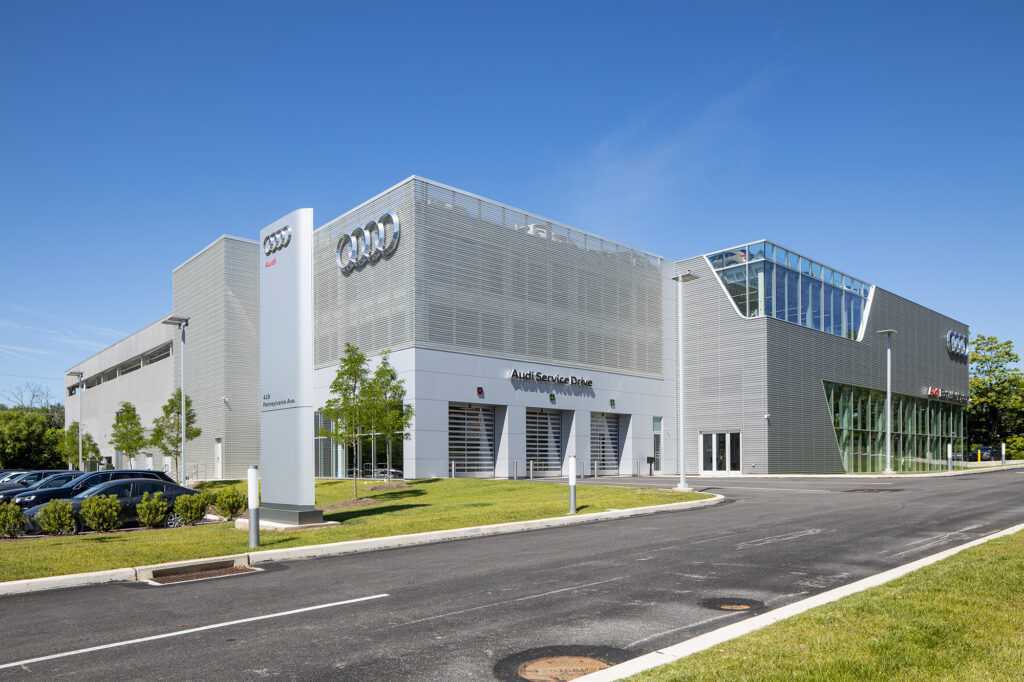
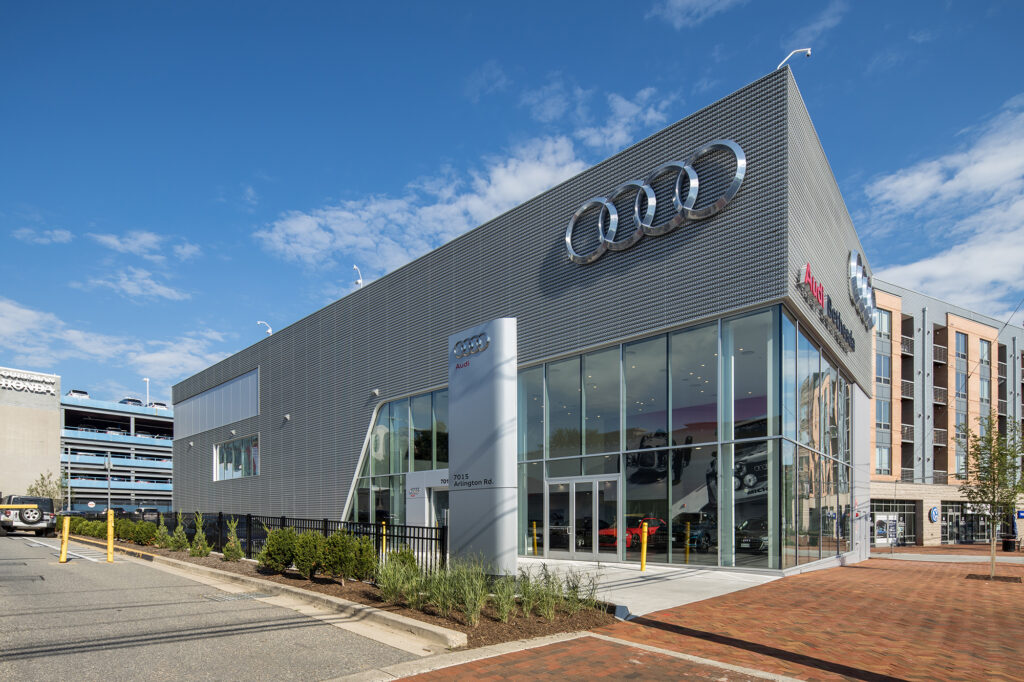
These challenges are also opportunities. They allow us to bring creative solutions to the table, blending brand consistency with local adaptation. Over time, this has become one of Penney Design Group’s strengths—helping clients meet global standards while delivering facilities that are tailored to their community.
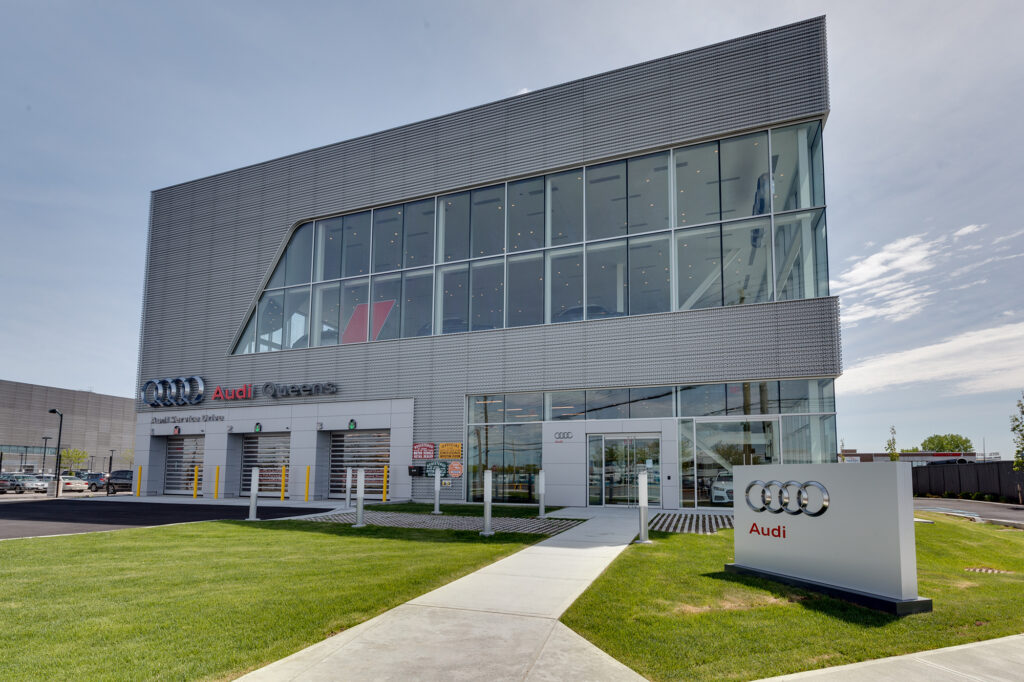
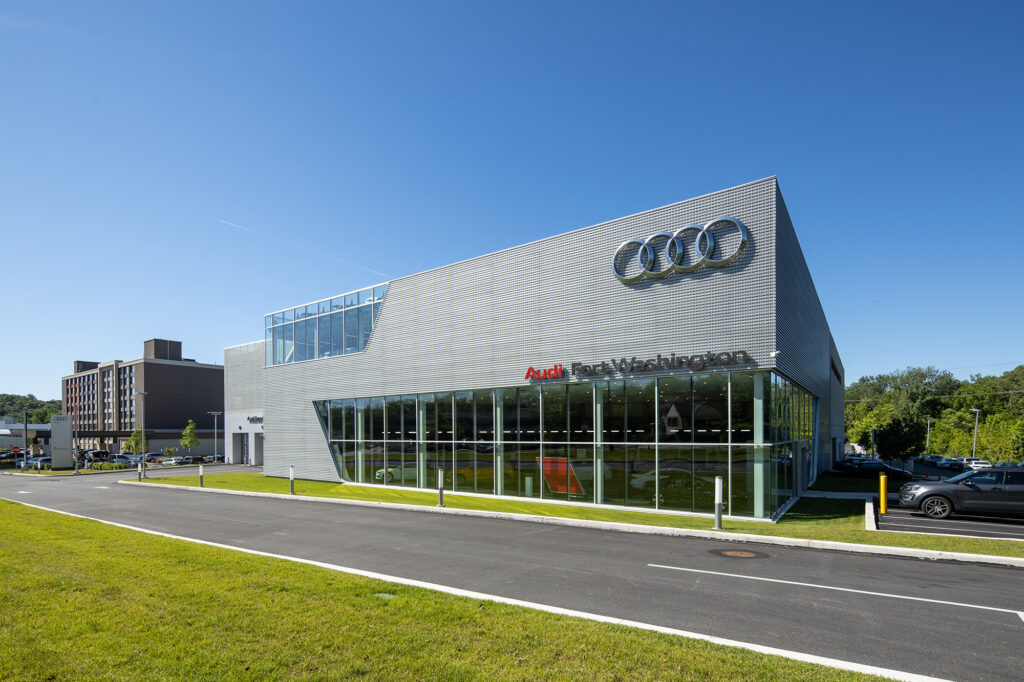
The Bigger Picture
At the end of the day, OEM standards are about more than finishes and façades. They are about trust. Customers trust that their brand experience will be consistent and that the space they enter will reflect the quality of the vehicle they are considering. Dealership owners trust that their investment in a compliant facility will support their relationship with the manufacturer and enhance their business performance.
For us, these projects are about trust as well. Our clients trust Penney Design Group to navigate the complexity, interpret the requirements, and deliver a building that not only complies but excels. Whether it’s Porsche, Lexus, Audi, or any other OEM, we take pride in turning standards into spaces that inspire.